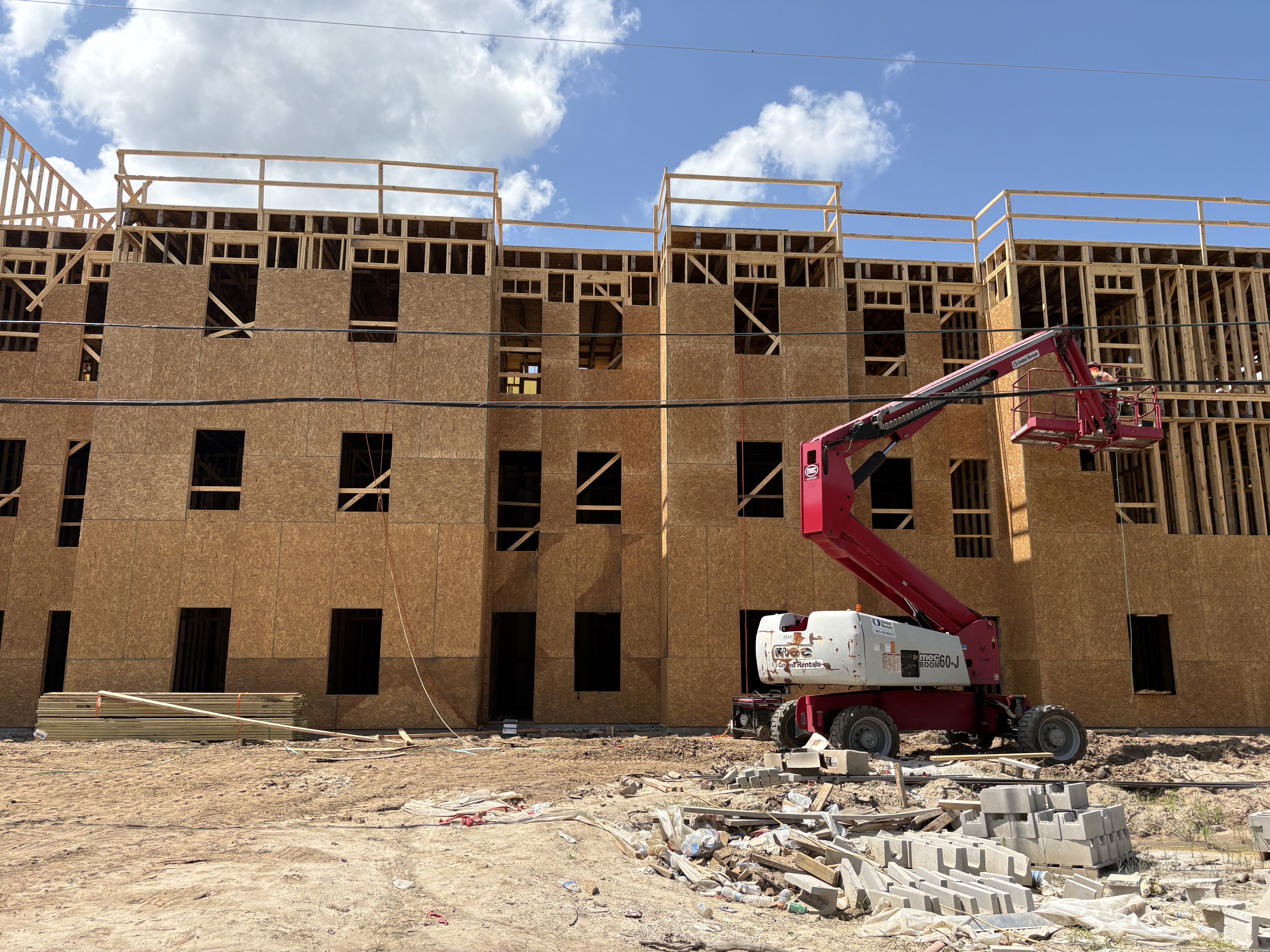Pros and cons of biomass energy
Published 11:00 am Tuesday, April 5, 2011
Power produced from biomass — tree trimmings, scrap lumber and other plant material — is a small but growing part of the nation’s quest for renewable energy. The goal is to curb demand for imported oil by supplanting coal, natural gas and other fossil fuels and to reduce greenhouse-gas emissions blamed for altering the climate.
Trending
The technology enjoys wide political support and public subsidies at least in part because of the belief that it is carbon neutral. That is, carbon dioxide released from burning wood is equivalent to the amount of carbon absorbed during the tree’s growth. But new, sophisticated calculations are casting doubts on the merits of biomass-produced power. Some researchers have concluded that, when it comes to carbon dioxide, biomass could be more polluting — at least in the short term — than coal, and much worse than natural gas. Burning biomass is dirtier at the outset, they argue, and recouping that higher initial release of carbon could take years or even decades of forest growth.
“It’s hard to imagine a more polluting and less efficient alternative source of energy than biomass,” said Richard Wiles, former co-founder of Environmental Working Group, a research and advocacy group in Washington, D.C.
Biomass supporters dismiss that contention, noting wood emits the same amount of carbon whether it’s burned or left to decay in the forest. The net change in atmospheric carbon dioxide, they say, is zero.
Yet, doubts about carbon neutrality could well alter the future of the biomass industry. In Washington state, for example, Gov. Chris Gregoire and Democratic Sens. Maria Cantwell and Patty Murray are strong proponents.
Taxpayers, too, hold a stake. That’s by virtue of hundreds of millions of dollars in subsidies and federal grants for biomass projects, along with an estimated 14,000 biomass jobs across the nation.
Although carbon math is complex, critics level two main strikes against biomass.
Trending
First, because of its high moisture, wood yields less energy compared with more efficient fuels. Generating the same amount of electricity from biomass emits 45 percent more carbon dioxide than coal and almost 300 percent more than an efficient natural-gas power plant, according to a 2010 study by the Manomet Center for Conservation Sciences, a nonprofit environmental research organization. The study was commissioned by the Massachusetts Department of Energy Resources.
Second, burning biomass releases carbon dioxide instantly, while repaying that carbon debt through new tree growth takes years. Just how long depends on many factors, including the biomass source, what was done with it before and the fossil fuel it displaces.
Replacing coal-fired electricity by burning tree tops and other wood waste, for instance, might take 10 years to recoup the carbon, said Thomas Walker, a resource economist and team leader of the Manomet study. But if whole trees were harvested for feedstock — something the industry says it doesn’t do — and the resulting electricity replaced cleaner-burning natural gas, Walker said, payback might take a century.
The timing matters because the nation has pledged to reduce greenhouse-gas emissions by 17 percent from 2005 levels by 2020 and dramatically more in subsequent decades.
“The interesting question is how much bio-energy do you want to promote from systems that have greater short-term potential to increase greenhouse gases?” Walker said.
The clashing views on biomass went on display in January when the Environmental Protection Agency (EPA) decided to punt on the question of whether biomass boilers would be required to account for their carbon emissions the same way as other polluters. The agency decided to exempt biomass for three years, reversing its position from a year earlier.
Some health groups, in addition, worry about other gases and chemicals emitted from burning biomass, including sulfur oxides, carbon monoxide and dioxin.
Rick Gustafson, a professor at the University of Washington’s School of Forest Resources, criticized the EPA’s earlier decision to treat biomass and fossil fuels under the same emissions rules.
Gustafson acknowledges carbon benefits of biomass could take years to accrue. Yet, carbon from biomass fundamentally pays for itself as long as standing trees aren’t being depleted, he said.
“If the forest is growing,” Gustafson said, “it has to be carbon neutral.”
But Mark Harmon, a climate researcher at Oregon State University, said forests in the Northern Hemisphere on balance are always expanding. So crediting biomass for carbon sequestered in new trees amounts to double counting, he contends.
Harmon said he believes biomass has the potential to worsen climate change for years before it helps. While some debris from logging is burned deliberately, much of it is left to decompose slowly.





